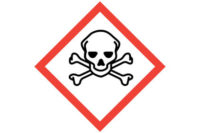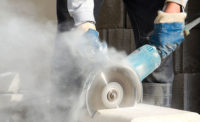A new study from the Center for Construction Research and Training (CPWR), shows that the use of Local Exhaust Ventilation (LEV) can significantly reduce exposure to toxins found in welding fumes.
The paper, Local Exhaust Ventilation for the Control of Welding Fumes in the Construction Industry – A Literature Review, was written by Michael Flynn and Pam Susi and published in the Annals of Occupational Hygiene, 2012.
Although existing scientific literature on the effectiveness of LEV to limit worker exposure to contaminants in airborne welding fumes, especially in construction, is extremely limited, Flynn and Susi determined that the proper use of LEV can reduce contaminants like manganese and hexavalent chromium by as much as 50% or more, bringing exposures below NIOSH recommended exposure limits and ACGIH threshold limit values.
Other key findings:
• Effective use of LEV to control fume exposures can be more difficult in construction because of the mobility of the work, but it’s possible as proven by cited studies. With LEV systems, workers must take care to reposition the fume exhaust hood to keep it as close to the welding fume source as possible.
• Fume extraction guns – welding guns with built-in exhaust systems – can mitigate these problems. However, more study is needed to determine whether the added weight of the instrument or unintended interference with shielding gases interfered with the quality of the weld produced.






